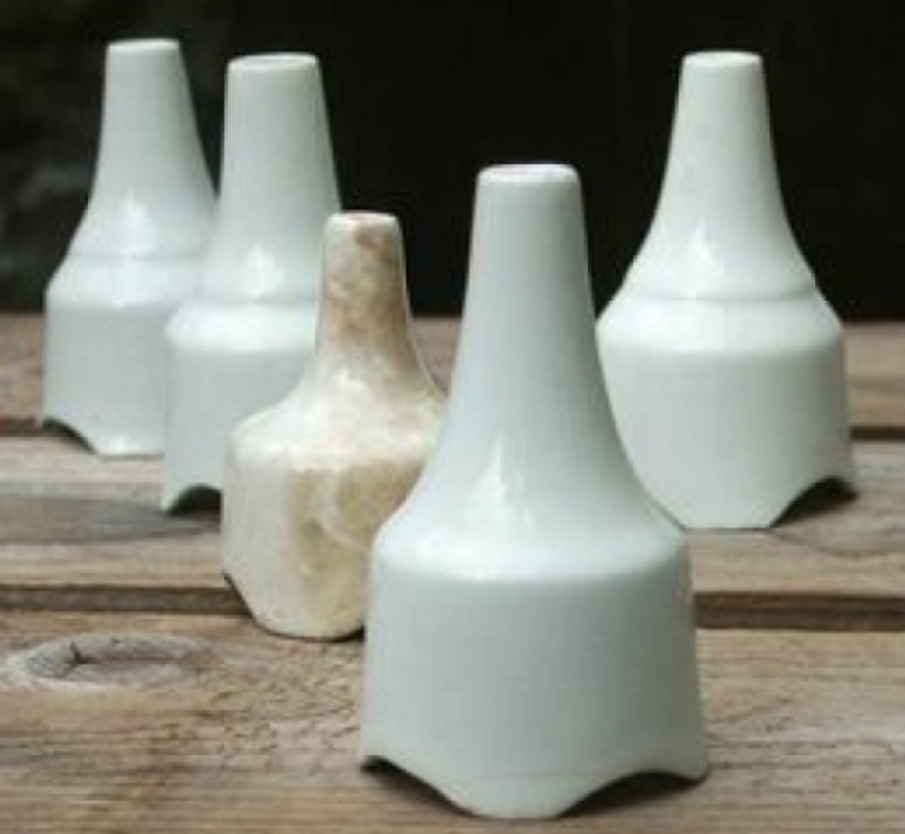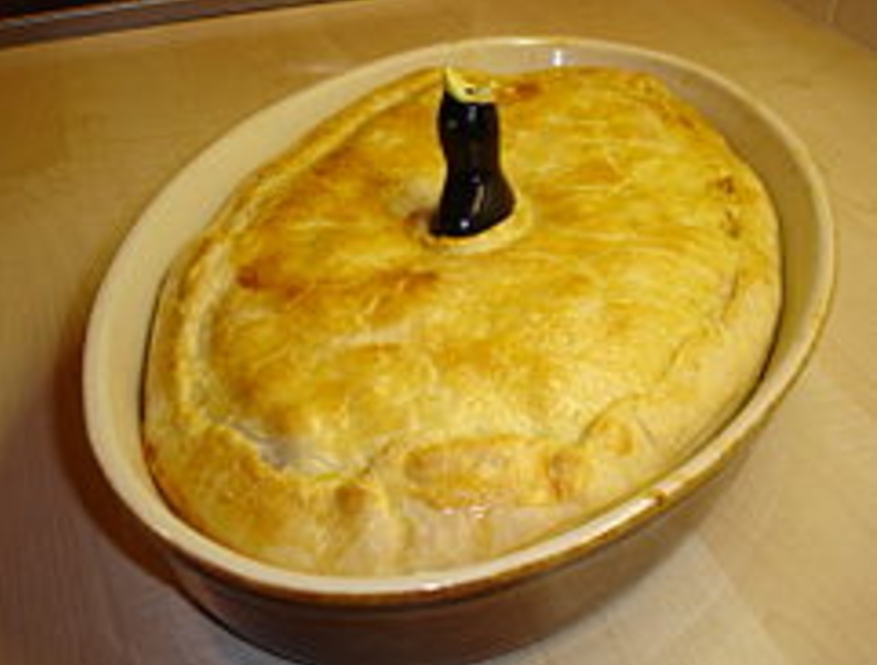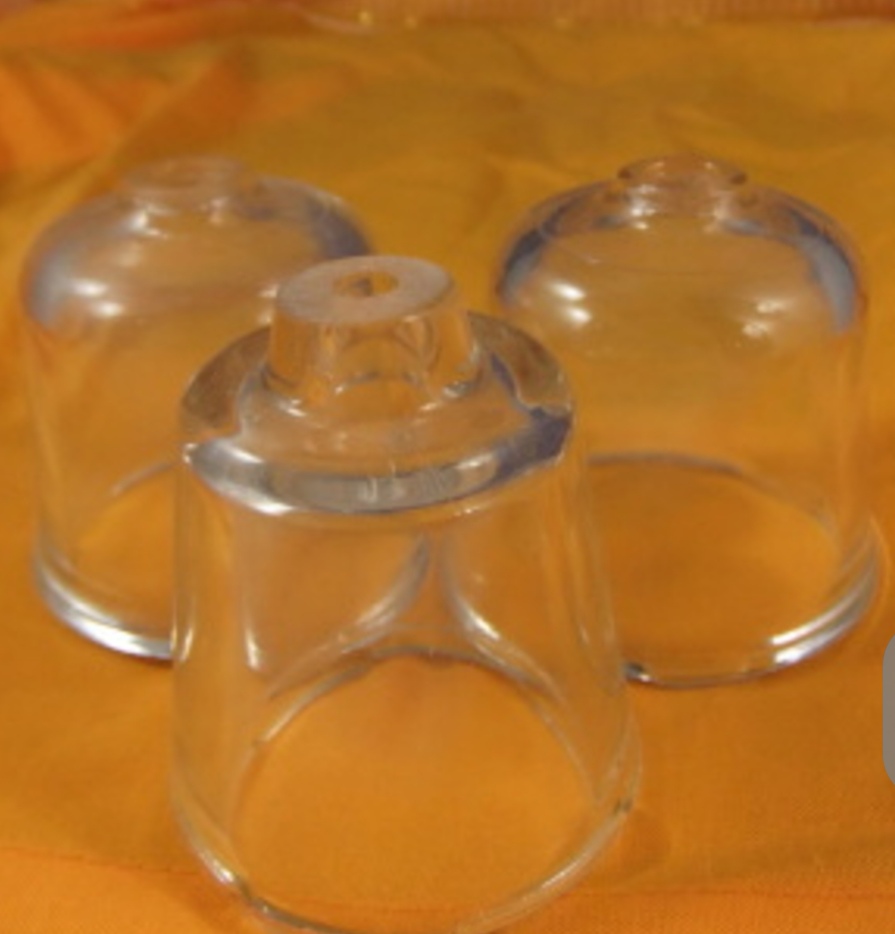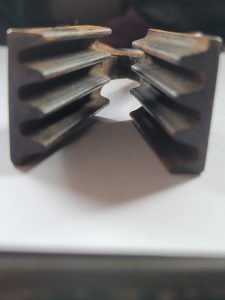Porcelain Pie Bird, Funnel or Vent
What is the history of pie bird?
According to author Linda Fields in her anthology Four & Twenty Blackbirds, Vol. 1 and Vol. 2, the history of these “pie birds” can be traced to the Victorian era in Britain. Back then, bakers placed small cylindrical or hourglass-shaped ceramic funnels in the center of double-crust pies to release steam.
A pie bird, also known as a pie vent, pie whistle, pie funnel, or pie chimney is a hollow ceramic device, that originated in Europe around the 1700s. It can be shaped like a funnel, chimney, or an up-stretched bird with open beak. The pie bird is an old-timey device used for supporting or venting a pie. It’s quaint and charming, and making a come-back in the world of pie baking.
Just for fun, here’s a little history: Funnel-style steam vents have been placed in the center of fruit and meat pies during cooking since Victorian times. Because older ovens had more problems with uniform heating, pie filling would often boil over and create a not-so-lovely pie. And of course, the filling burning on the bottom of the oven created a stinky and time-consuming mess.
So innovative cooks found that by venting the built-up steam during baking, the pie’s contents didn’t boil over and seep between the two crusts. The appearance of the pie was more pleasing, and there was less to no clean-up on the bottom of the oven after baking. Soon, every cook and chef was using a pie vent.
Though English bakers started using workmanlike ceramic funnels for this purpose in the early 1800s, this useful baking tool didn’t take on fanciful bird form until migrating to the United States in the 1930s. The inspiration for the bird form? The nursery rhyme “Sing a Song of Sixpence.” As you’ll remember, it makes reference to “four and twenty blackbirds baked in a pie…” and historian believe that reference was the reason the traditional pie vent went from a funnel shape to the design of a bird.
This handy device was also used to support the pastry crust in the center of the pie, so that it did not sag in the middle. As a result of this use, pie birds were occasionally known as “crust-holders.”
The pie bird has traditionally been made of ceramic and from the 1940s they have been produced in a multitude of designs. Bakers are rediscovering their usefulness and now due to their increasing popularity as gifts and collectors’ items (rather than simply utilitarian kitchen tools) they’re being manufactured again.
Pyrex even got into the act, making these clear glass versions. But they didn’t sell as well as their more charming bird and figure-shaped counterparts.






